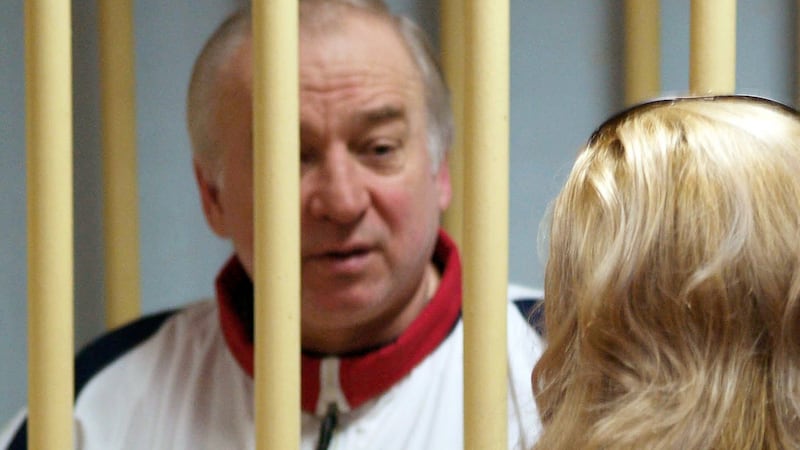What triggered concern over the incident in Amesbury, Wiltshire?
A couple living in Amesbury, Dawn Sturgess and Charlie Rowley, were taken to hospital on Saturday night. The initial suspicion, according to police, was that it was drugs-related, but doctors were unable to identify the substance.
The same hospital treated Sergei and Julia Skripal, the Russian couple targeted in Salisbury by the nerve agent Novichok in March, and it was worried by similarities.
Overnight on Tuesday, Wiltshire police, sensitive after the Salisbury attack, declared it a “major incident”.
The police and government throughout the day said they were keeping an open mind: it might be something “sinister” connected to the Skripal attack or there might be a totally different explanation. They said they were awaiting the outcome of tests into the mystery substance.
By the end of evening, the police announced the tests showed it was Novichok, a type of nerve agent originally developed in Russia. It was used in the attack on the Skripals – smeared on a door handle.
Hamish de Bretton-Gordon, former commanding officer of the UK Chemical, Biological, Radiological and Nuclear Regiment, said the key was Amesbury’s proximity to Salisbury.
“If it had happened anywhere else, it is doubtful if anyone would have paid much attention,” he said. “The authorities are concerned it could be collateral damage from Salisbury.”
What do the police need to do next?
The priority for the investigation is to establish how the pair have come into contact with the nerve agent, according to Neil Basu, assistant commissioner of specialist operations at Scotland Yard. He said that about 100 detectives from the Counter Terrorism Policing Network are investigating, alongside colleagues from Wiltshire Police.

Mr Basu said a number of sites in Amesbury and Salisbury, areas which they think the pair visited before they fell ill, have been cordoned off.
In a move to reassure the public, he said there is “no evidence” that either of them recently visited any of the sites decontaminated following the attack on the Skripals. Mr Basu said there will be an increased police presence, with officers wearing protective equipment as they work at a number of sites.
What are the possible links?
A senior government source said authorities had not been able to ascertain the item used to deposit the Novichok in the attack on the Skripals and it is possible the latest victims came into contact with that item.
This could raise the prospect that at least one other area in Salisbury city centre was contaminated with the nerve agent but had not previously been identified.
Mr Basu said investigators are “not in a position to say whether the nerve agent was from the same batch the Skripals were exposed to”. It will be up to scientists to determine if the Novichok was from the same batch which was used against the Skripals.
He added: “We know what the nerve agent is but we don’t know what the transmission of it was.”
Mr Basu said police do not have “any intelligence or evidence” that the couple were targeted in any way. “There is nothing in their background to suggest that at all.”
What will be the diplomatic fall-out?
The UK government and the intelligence agencies have already blamed the Russian government for being behind the Skripal attack and described the first use of a nerve agent on European soil since the second World War as irresponsible.
The government can point to the the latest casualties as further evidence of recklessness.
The latest twist comes less than a week before a Nato summit in Brussels to discuss how the transatlantic alliance should deal with Russia and ahead of Donald Trump's meeting with Vladimir Putin. – Guardian/PA











